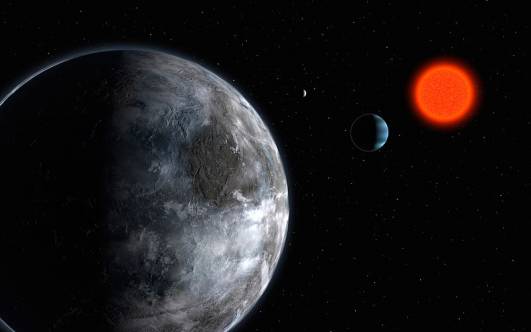There are two main ways by which we can detect exoplanets, and both provide us with different sets of characteristics about those exoplanets.

Over 5000 Possible Exoplanets Have Been Discovered
Second, astronomers can detect the exoplanets themselves passing across the face of their star, as we observe it from Earth. This dims the light we get from that star by a tiny fraction, but this is enough for us to know an exoplanet (or exoplanets) is present. Occasionally, an exoplanet might be discovered by accident, through direct observation of a star that scientists did not suspect had a planetary system. The giant planet Fomalhault B was discovered this way.
What we learn of the characteristics of such exoplanets includes their size (sometimes to within 150 miles), the distance from their sun and how long it takes to orbit their sun, what the exoplanet's atmosphere is made of and whether it is rocky (like Earth or Mars) or gaseous (like Jupiter or Saturn). Here's a video produced by NASA explaining some of their exoplanet detection methods: